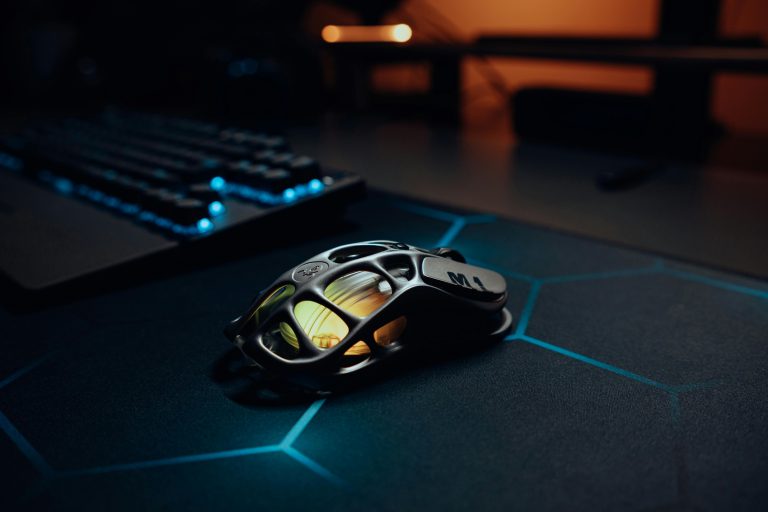
Welcome to the blocky, expansive, and endlessly creative world of Minecraft! Whether you’ve seen it on YouTube, heard about it from friends, or just stumbled upon it, you’re about to embark on an adventure unlike any other. This sandbox game, developed by Mojang, offers a unique blend of survival, exploration, building, and crafting. But with so much to do, where does a new player even begin? Don’t worry—this ultimate guide is designed to take you from confused newcomer to confident crafter, equipping you with the essential knowledge to not only survive your first night but to thrive in the long run.
First Steps: Surviving Your Initial Night
The first day in a new Minecraft world is a race against the clock. Your immediate goal is simple: don’t die when the monsters come out at night. Here’s a quick, step-by-step plan to ensure you live to see the sunrise.
Punch Trees and Gather Wood
Your very first action should be to punch a tree! Hold down the left mouse button on a tree trunk to collect wood. This might seem strange, but wood is the foundation of everything early on. Collect at least 10-20 blocks of wood to start.
Craft Basic Tools
Open your inventory (press ‘E’) and convert the wood into planks. Then, use four planks to create a crafting table. Place the crafting table down, and use it to turn sticks and planks into basic tools:
- Wooden Pickaxe: Essential for mining stone.
- Wooden Sword: For defending yourself against hostile mobs.
- Wooden Axe: Speeds up wood gathering.
Once you have a pickaxe, mine stone to create a far more durable set of stone tools.
Build a Shelter
As the sun begins to set, you need walls between you and the Creepers, Zombies, and Skeletons. You can dig into a hillside, create a simple dirt hut, or build a small house from wood or cobblestone. Just make it enclosed and well-lit. Place your crafting table and a furnace inside, and use your leftover wood to create a door for entry and exit.
The Essentials of Crafting and Smelting
Crafting is the heart of Minecraft. By combining resources in your inventory or on a crafting table, you can create everything from simple sticks to complex redstone contraptions.
Understanding the Crafting Grid
The 2×2 grid in your inventory is for simple recipes. For more advanced items, you need the 3×3 grid provided by a crafting table. The arrangement of items in the grid matters—for example, placing three wood planks in a row creates wooden planks for a boat, but placing them in an ‘L’ shape creates a bowl.
Key Early Game Recipes
Memorize these crucial recipes:
- Torches: Stick + Coal. Light keeps monsters from spawning.
- Chest: 8 Wood Planks. Stores your valuable items.
- Furnace: 8 Cobblestone. Used to cook food and smelt ores.
- Bed: 3 Wool + 3 Wood Planks. Lets you sleep through the night and set your spawn point.
The Power of Smelting
Your furnace transforms raw materials into usable ones. Use it with a fuel source like coal or wood to:
- Cook raw meat (like beef or porkchop) to avoid hunger sickness.
- Smelt iron ore into iron ingots, which are used for stronger tools, armor, and essential items like buckets and shields.
- Turn sand into glass for windows.
Building Your First Home and Base
Your initial dirt hut was just for survival. Now it’s time to think about a more permanent and functional base. This will be your headquarters for storage, crafting, farming, and enchanting.
Choosing a Location
Consider building near essential resources. A spot close to a water source is ideal for farming. Being near the entrance to a large cave system can make mining trips easier. Many players also enjoy scenic views, like on a hilltop or beside a forest.
Designing for Function and Form
Start simple. A multi-room structure helps with organization. Dedicate areas for specific purposes:
- A storage room with labeled chests for different items (wood, stone, food, etc.).
- A smelting room with multiple furnaces for mass smelting.
- A crafting area with easy access to your crafting table, anvil, and eventually, an enchantment table.
Don’t be afraid to experiment with different blocks. Mixing materials like wood, stone, cobblestone, and andesite can add depth and texture to your builds.
Exploring, Mining, and Finding Rare Loot
Once you’re established, the world is yours to explore. Beneath your feet lies a vast network of caves and ravines filled with valuable ores and hidden dangers.
Strip Mining and Cave Exploring
There are two primary ways to mine:
- Cave Exploring: More fun and resource-rich, but also far more dangerous. Always bring plenty of torches, food, and weapons. Light up areas as you go to prevent mob spawns.
- Strip Mining: Creating long, straight tunnels at specific levels (like Y=-58 for diamonds) is a safer, more systematic way to find resources, though it can be tedious.
What to Look For
While mining, you’ll find essential ores:
- Coal (Y=95+): For torches and fuel.
- Iron (Y=16): For tools, armor, and machinery.
- Gold (Y=-16): For powered rails and nether-related items.
- Diamonds (Y=-58): The holy grail for the best tools and armor. Always mine them with an iron or diamond pickaxe.
Always carry a water bucket when exploring caves. It can put out lava, break a long fall, and even save you from a fiery Creeper explosion.
Conclusion: Your Journey Has Just Begun
This guide has given you the foundational knowledge to confidently start your Minecraft journey. You’ve learned how to survive the first night, craft essential tools, build a functional base, and venture into the depths for rare resources. But remember, this is only the beginning. Minecraft’s true magic lies in its endless possibilities



